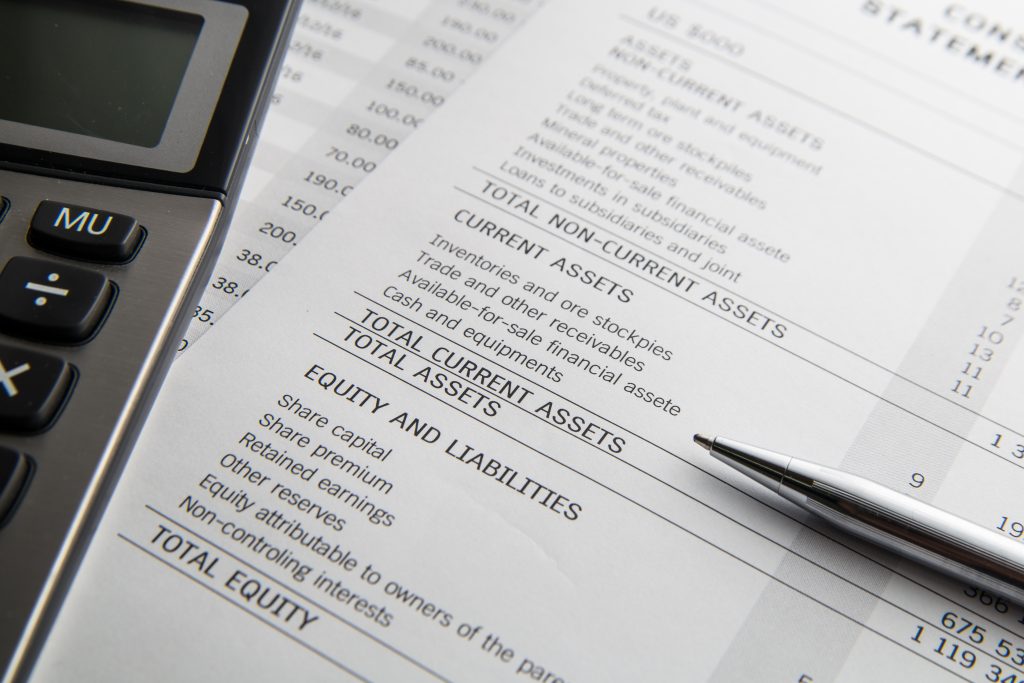How to Capitalize on Q2 Earnings Season
When the VIX is elevated—as it is now—options and volatility traders benefit not only from an increase in market-wide volatility, but also from the bump that’s traditionally associated with quarterly earnings.

The heart of Q2 earnings season kicks off in mid-July when some of the country’s largest banks report their most recent quarterly results.
The first two financial companies set to submit their financial results for the market’s review are JP Morgan (JPM) and Morgan Stanley (MS) on Thursday, July 14. On July 15, Citigroup (C) and Wells Fargo (WFC) round out the week.
Earnings season last quarter saw a slew of disappointing results, catalyzed by some huge moves. For example, shares in Netflix (NFLX) dropped more than 20% after reporting that it suffered a net decline in subscribers during the first three months of the year.
Shares in Coinbase (COIN) experienced a similar rout after the company’s Q1 financial results failed to meet analyst expectations. In the wake of earnings, Coinbase shares dropped from about $130/share all the way down to $53/share over the course of several trading days, as illustrated below.
One problem in 2022 is that it’s been tougher for companies to window dress their earnings reports. Last year, earnings growth appeared robust because year-over-year figures looked great in comparison to 2020.
In 2022, it’s the reverse situation. This year, sky-high energy prices have served to weaken consumer confidence, while rising interest rates have increased financing costs—both have served to weaken corporate profitability.
That said, these realities may already be baked into market expectations, especially with the major stock market indices already down over 20% on the year. The current Price/Earnings Ratio for the S&P 500 provides clear evidence that some degree of irrational exuberance has been sucked out of the market.
The P/E Ratio of the S&P 500 is calculated by taking the average stock price of the large-cap stocks in the S&P 500 index and dividing that collective price by the mean earnings of those companies. The quotient of that calculation typically equates to what many refer to as the P/E of the market.
This figure is important because it can be tracked over time, and since the early 1900s, the average P/E for the S&P 500 index has hovered right around 17.
When the market’s P/E rises above 17—especially to an extreme degree—some market pundits start to worry about overvaluations. The same can be said when the market’s P/E drops below 17, although in that case, the concern is that stocks might get undervalued.
For reference, the P/E Ratio of the S&P 500 climbed above 40 just before the 2001-2002 “Tech Bubble” correction. In 2021, it also climbed above 40.
The S&P 500’s P/E ratio has pulled back significantly this year, considering that the index is down 20% and that earnings growth has been relatively flat.
P/E Ratio of the S&P 500 (as of July 3, 2022)
Source: multpl.com
The above illustrates that market valuations are currently more in line with historical averages. And that, in turn, suggests that unless there are some major surprises to the cumulative earnings in the S&P 500, the market may not react too heavily (as a whole) to Q2 earnings season.
That doesn’t mean there won’t be isolated cases, though, in which individual stocks make big moves in one direction or the other—that happens every quarter.
But with overall market valuations in fair territory, sellers of options/volatility may be emboldened to take advantage of elevated levels of market volatility heading into Q2 earnings season. As of July 4, the CBOE Volatility Index (VIX) is trading at roughly 28, while the long-term average in the metric is closer to 19.
Earnings season is unique because options prices (i.e. implied volatility) tend to increase heading into an earning’s release. Then, in the wake of earnings, that added premium typically bleeds out—commonly referred to as the “earnings crush.”
Because the VIX is trading well above its historical average, that means options/volatility sellers can benefit not only from an earnings-related pop in volatility but also from a market-wide bump in risk premiums.
To learn more about the lifecycle of earnings volatility, check out this new installment of Options Jive on the tastytrade financial network. For more context on trading quarterly earnings reports, review this recent installment of Options Trading Concepts Live.
To follow everything moving the financial markets on a daily basis, tune into TASTYTRADE LIVE—weekdays from 7 a.m. to 4 p.m. CDT.
Sage Anderson is a pseudonym. He’s an experienced trader of equity derivatives and has managed volatility-based portfolios as a former prop trading firm employee. He’s not an employee of Luckbox, tastytrade or any affiliated companies. Readers can direct questions about this blog or other trading-related subjects, to support@luckboxmagazine.com.



















